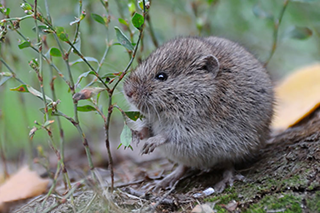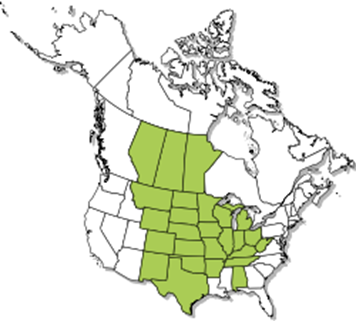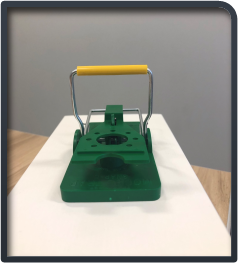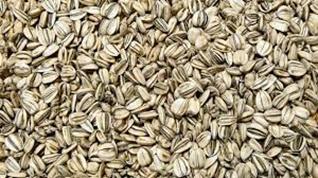-
Voles
are a common rodent throughout Varment Guard service territory. Customers may request service because of damage
of the lawn such as tunneling as well as damage to ornamental plants.
-
Remember
to use the information provided by the customer as a starting point for inspection. This may come from direct communication with the customer or the
notes from client service detailed in the work order/proposal.
-
On initial
inspection start by walking around the yard. Look for lines of dead grass,
tunnels chewed in grass above ground and holes between 1-2 inches in
diameter.
-
Voles may girdle the
bottom of ornamental plants and chew roots leading to damaged/dying plants.
-
Droppings can sometimes be found
in the trails of grass.
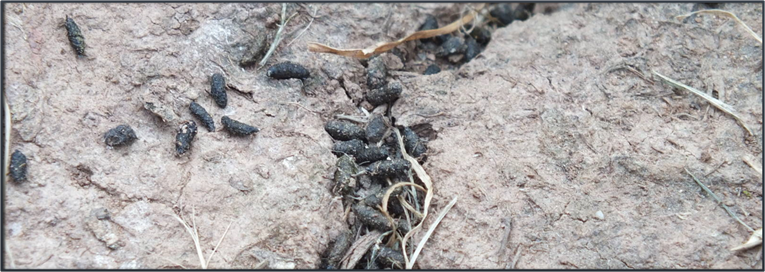
Vole Droppings
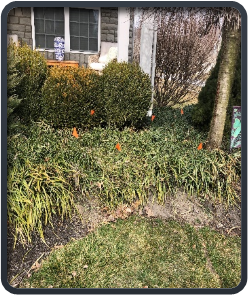
Landscaping Damaged by Voles
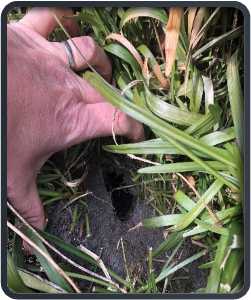
Vole Hole
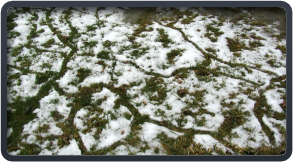
Vole Runs in Snow
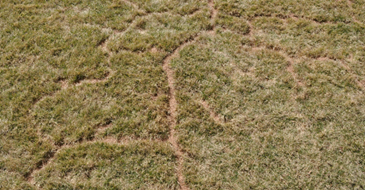
Vole Runs in Lawn
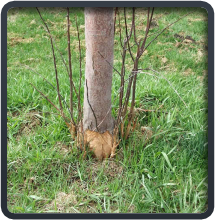
Vole Damage Girdling Tree Base
